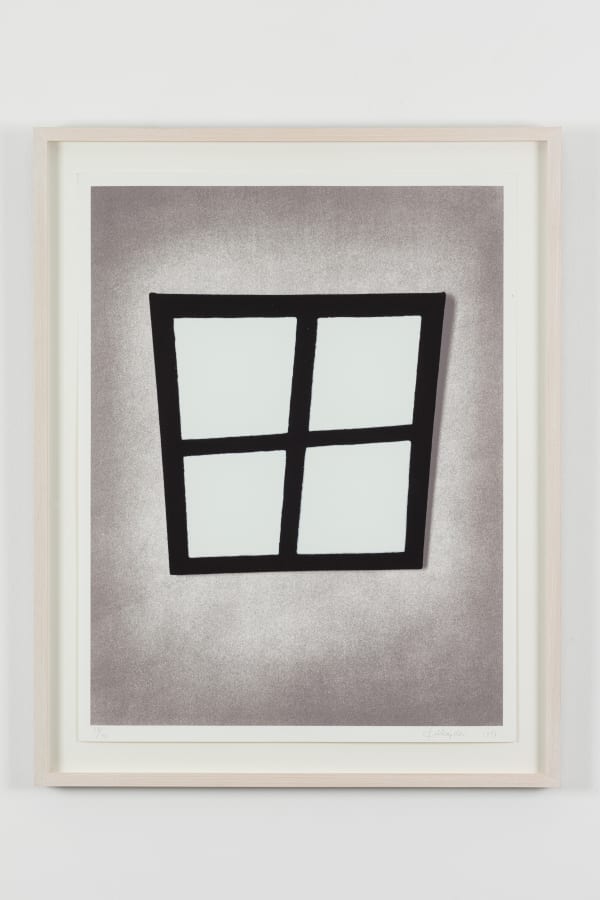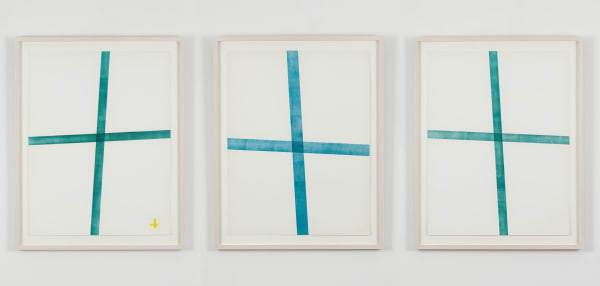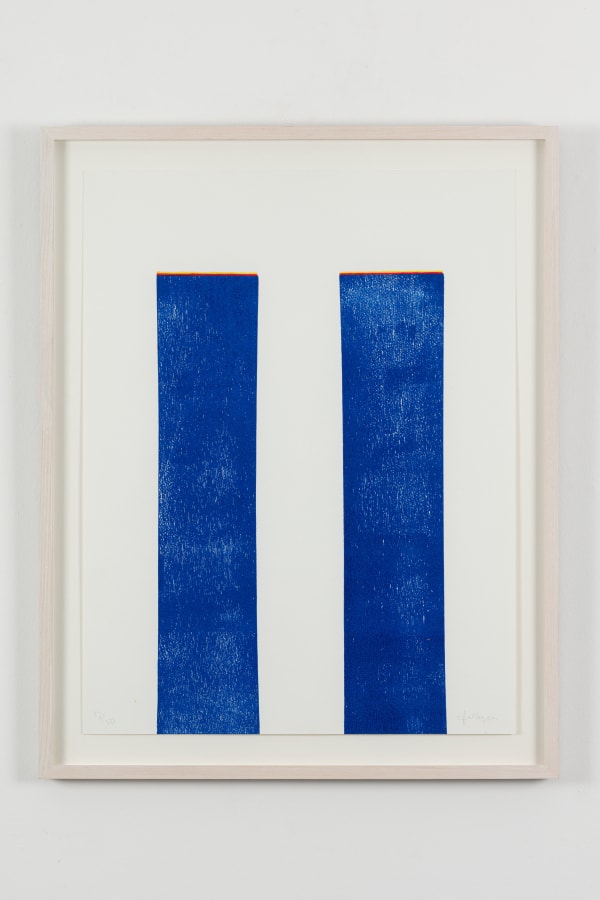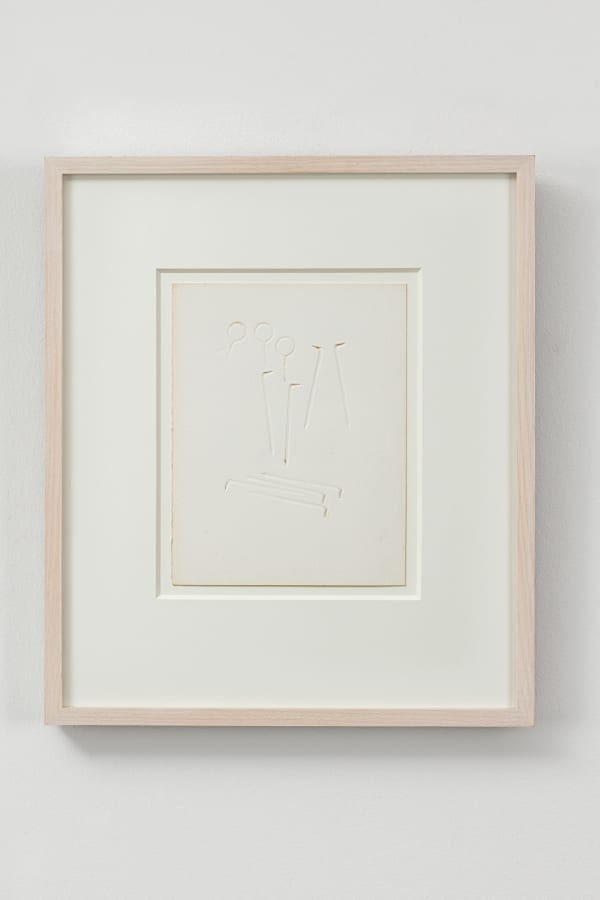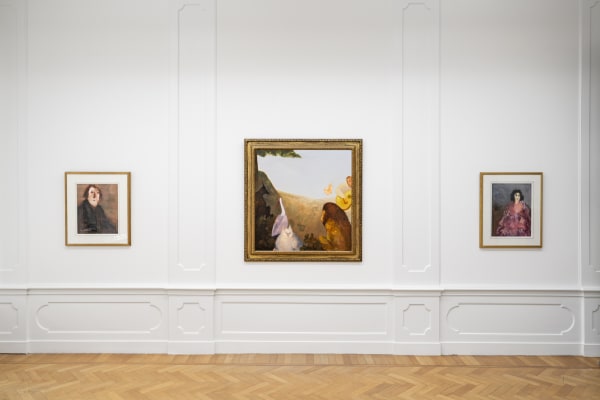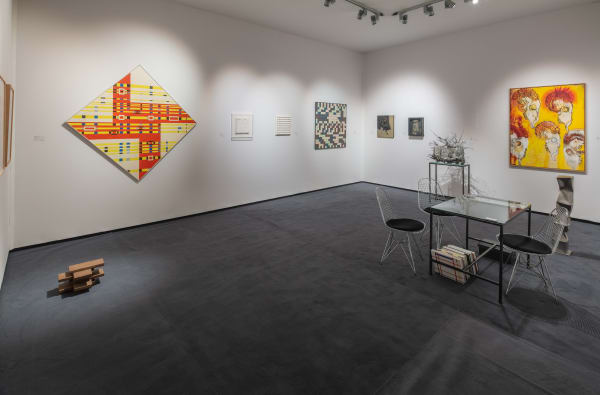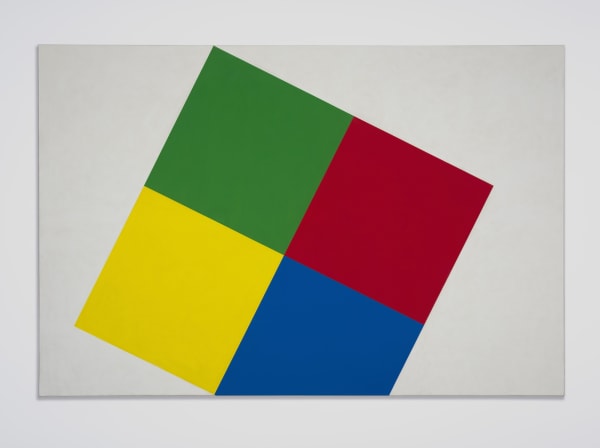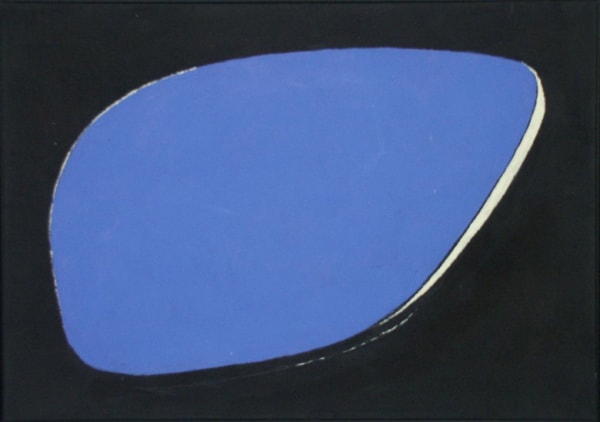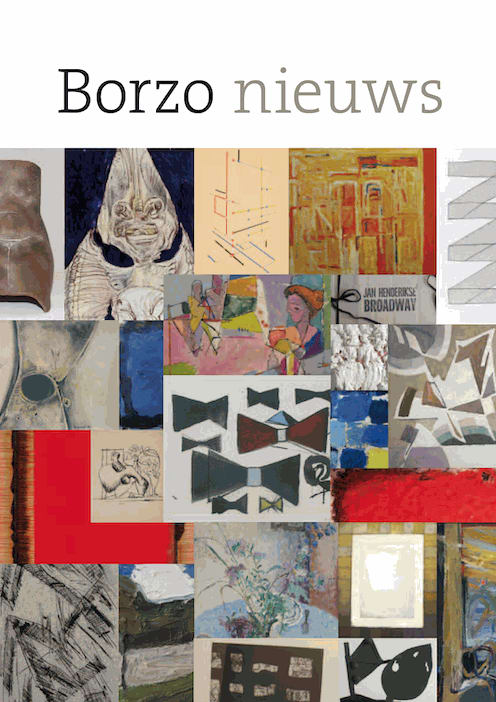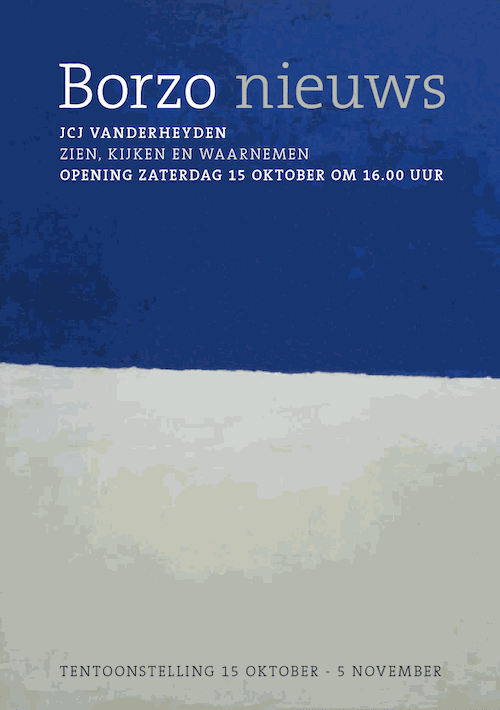JCJ Vanderheyden 1928-2012
JCJ Vanderheyden (1928-2012) is considered one of the most significant post-war painters in the Netherlands. Since participating in the Documenta in Kassel in 1982 his work has been exhibited in various prominent museums, including the Stedelijk Museum in Amsterdam, where he had a solo exhibition in 2001. In the early 1970s, he was a lecturer at the Jan van Eyck Academie where, with his students, he undertook the first experiments with video and sound equipment.
JCJ Vanderheyden studied at the Akademie voor Kunst en Vormgeving St Joost in 's Hertogenbosch and the Jan van Eyck academy in Maastricht. In 1956 he settles in his birthtown 's Hertogenbosch, where he starts his artistic career as a painter of abstract works, whilst CoBrA was popular. Vanderheyden was interested in examining the basic principles of painting while simultaniously studying our perception. He painted and experimented with a wide range of media such as photography, printing and video. Between 1964 and 1975 he experimented with film, computergraphics, electronic acoustics, and time. He was in close contact with Leon Adriaans and Richard Menken and their "zware Van Nelle club".
In the seventies Vanderheyden focussed on photography, graphic printing, video, television and media, fascinated by the reproduction of his own reality. He reproduced his own work and work from other artists such as Jeroen Bosch, Pieter Breugel and Velasquez. In his studio he constructed installations which he then photographed.
In the eighties Vanderheyden worked on the construction of closed installations in which he showed his fragmented work. Combining images from the past and present Vanderheyden was searching for meaningful relationships between time and space.
JCJ Vanderheyden is well known for his 'horizon' and 'checkerboard' paintings in which he studies phenomena such as light, space, time and perception.
-

PAN Amsterdam 2024
Stand 36 23 Nov - 1 Dec 2024Akkerman's oeuvre developed cautiously and resolutely in equal measure. Even in his teens, he drew and painted farms, watermills and landscapes. In the early 1960s, his figuration was characterized by...Read more -

Recent acquisitions
20 Jan - 16 Feb 2024Borzo starts the new year with a group exhibition of recent acquisitions. In the front room a group of artists who have a relationship with each other both artistically and...Read more -

Opening gallery season 22/23
2 Sep - 8 Oct 2022After the Corona years of cultural poverty, of temporary closures of museums, theaters and galleries, of cancellations and visitor restrictions, of do's and don'ts, it is a beneficial experience to...Read more -

TEFAF Maastricht 2022
Stand 449 25 - 30 Jun 2022After a long break, TEFAF Maastricht - and with it BorzoGallery - can meet the public in person again. We look forward to welcoming you to our stand, where we...Read more -

Art Affair. The Summer edition
Stand 8 17 - 20 Jun 2021TWELVE DUTCH ART DEALERS ENTER INTO AN ART AFFAIR FOR THE SECOND TIME The small-scale art fair Art Affair will take place for the second time in the ballrooms of...Read more -

The DAAF 2021
ONLINE ONLY 9 - 11 Apr 2021From 9 to 11 April 2021, members of the Royal VHOK organize the online fair The DAAF | The Dutch Art & Antiques Fair. The first online art fair in...Read more -

Lang niet gezien, nog niet gezien
6 Apr - 1 Jun 2019A group exhibition featuring fifty key artworks from the Borzo collection, spanning approximately the past fifty years ; from Leon Adriaans to Bob Bonies, from Jan Schoonhoven to Rakuko Naito,...Read more -

Fall Exhibition
"Just for a few weeks" 21 Oct - 11 Nov 2017With works by: Jan Commandeur, Constant, Ger van Elk, Jan Henderikse, Jeroen Henneman, Carlijn Mens, Vincent Mentzel, Piet Moget, Gordon Newton, Jan Schoonhoven, Peter Struycken, JCJ Vanderheyden, Carel Visser, Koen...Read more -

JCJ Vanderheyden | See, Look, Observe
15 Oct - 5 Nov 2011The eyes probably originated one and a half billion years ago as a small spot with photosensitive cells over which the skin has formed a lens. (quote JCJ Vanderheyden from:...Read more




